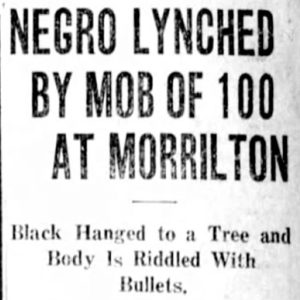 Less Smith Lynching Article
Less Smith Lynching Article
Entry Type: Event
 Less Smith Lynching Article
Less Smith Lynching Article
Smith, Walter (Reported Lynching of)
Smithee-Adams Duel
Smithville, Skirmish at (June 17, 1862)
Sneed Tornado of 1929
aka: Tornado Outbreak of April 10, 1929
Solar Eclipse of 1834
Solar Eclipse of 1918
Southern Arkansas Race Riots of Late 1896
Southern Cotton Oil Mill Strike
Southern Missouri and Northern Arkansas Expedition
Southwest Stakes
Spanish-American War
Spavinaw, Skirmish at
Special Olympics Arkansas
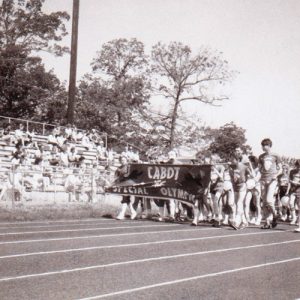 Special Olympics Parade
Special Olympics Parade
Speers, J. E. (Execution of)
Spring River near Smithville, Skirmish at
aka: Skirmish at Spring River (April 13, 1864)
aka: Skirmish at Smithville (April 13, 1864)
Spring River, Action at
aka: Battle of Salem
Springer, Andrew (Lynching of)
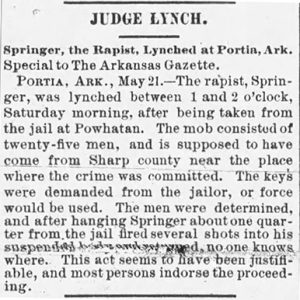 Springer Lynching Article
Springer Lynching Article
Springfield, Missouri, into Northern Arkansas, Scout from
aka: Skirmish at Bennett’s Bayou
aka: Skirmish near Buffalo City
Springfield, Missouri, toward Fayetteville, Scout from
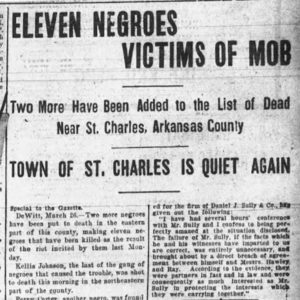 St. Charles Lynching Article
St. Charles Lynching Article
St. Charles Lynching of 1904
St. Charles, Capture of
St. Charles, Engagement at
 St. Edward First Communion
St. Edward First Communion
St. Francis County Reported Lynching of 1910
St. Francis Road, Skirmish at
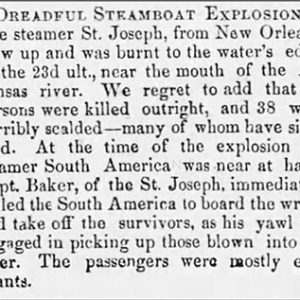 St. Joseph Steamboat Article
St. Joseph Steamboat Article
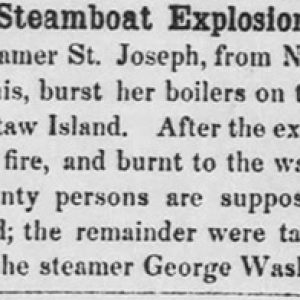 St. Joseph Steamboat Article
St. Joseph Steamboat Article
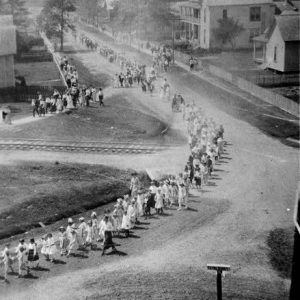 Stamps Liberty Loan Parade
Stamps Liberty Loan Parade
Staner, Tom (Trial and Execution of)
Stansberry, John (Execution of)
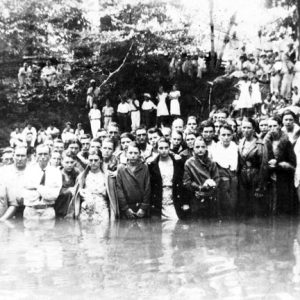 Star City Baptism
Star City Baptism
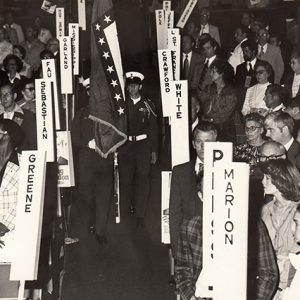 State Democratic Convention
State Democratic Convention
 State Fair Ad
State Fair Ad
 State Fair Program, 1961
State Fair Program, 1961
State of Arkansas v. Tee Davis
State v. Buzzard
 Statehood Parade
Statehood Parade
Steamboat Disasters
 Steamer Marmora Story
Steamer Marmora Story
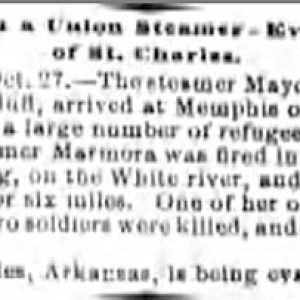 Steamer Marmora Story
Steamer Marmora Story
Steamer Alamo, Attack on
Steamer Miller, Capture of
Steamer Perry, Attack on
Steamer Resolute, Attack on
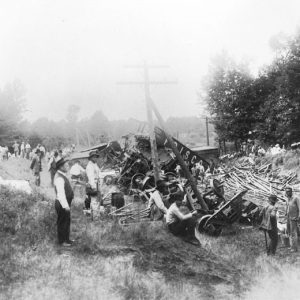 Stephens Train Wreck
Stephens Train Wreck




